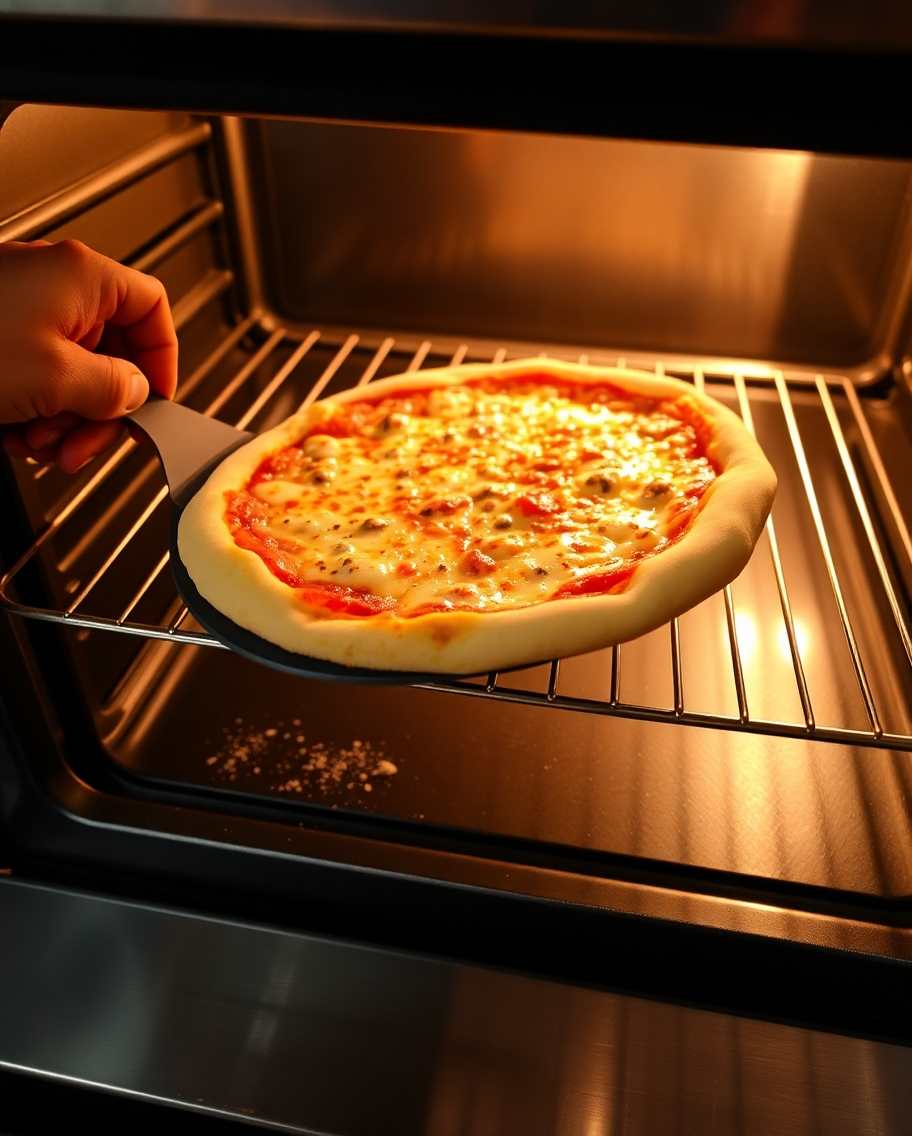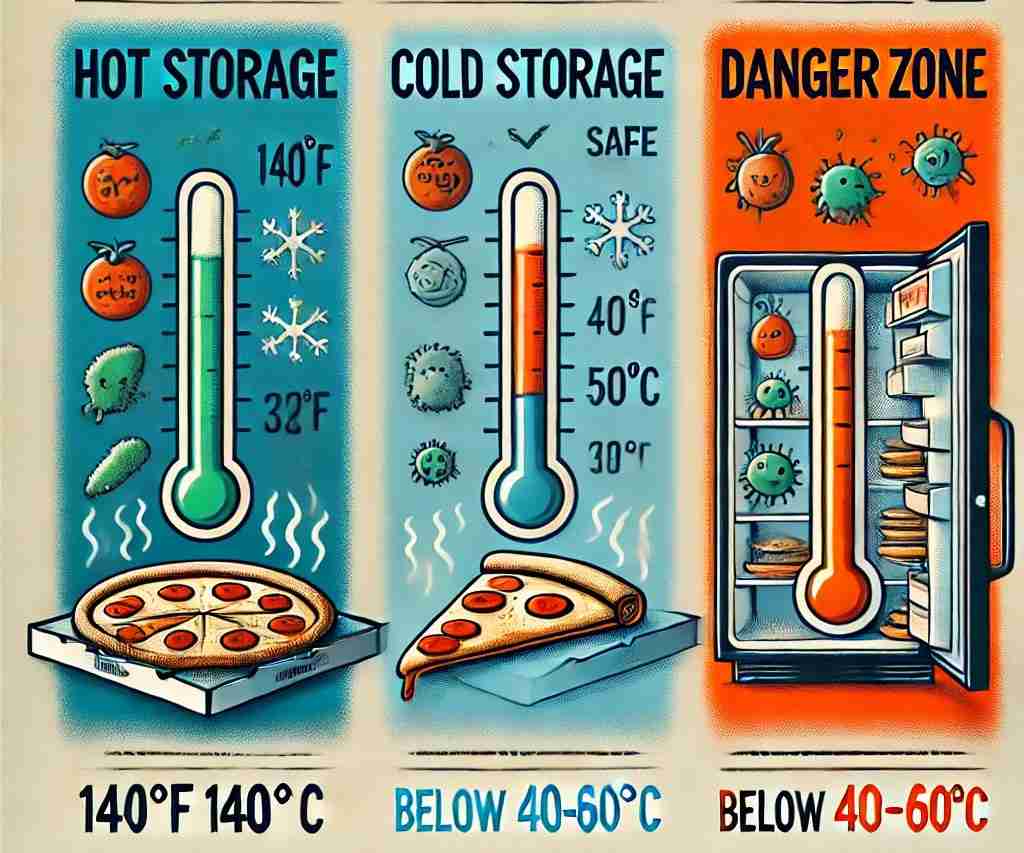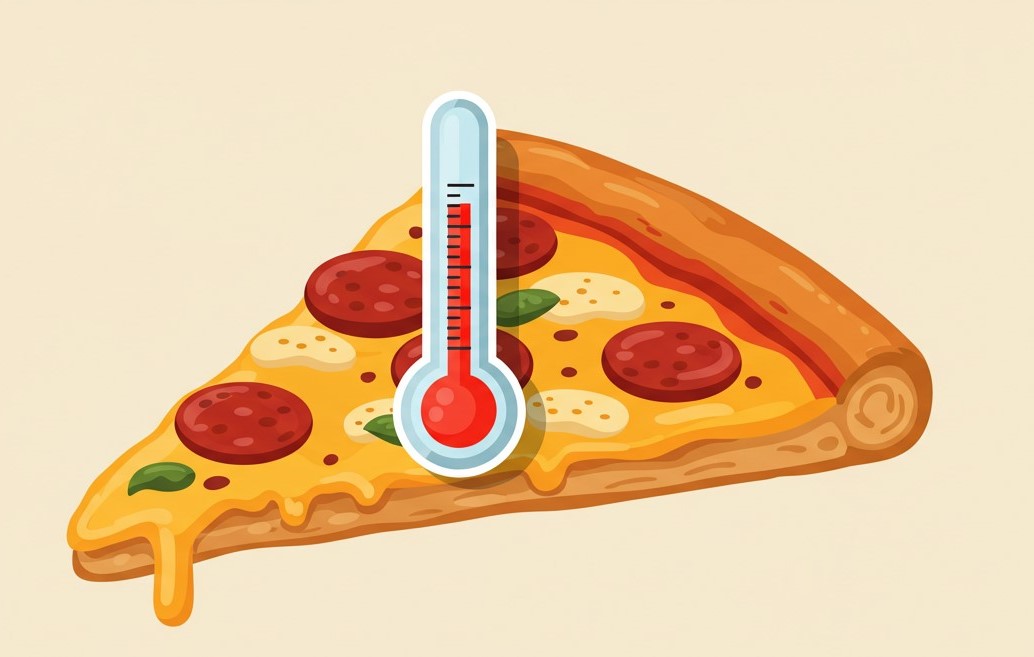What Is the Average Temperature to Store Pizza?
The world loves pizza as one of its most popular foods so it is essential to maintain both freshness and safety during storage regardless of whether you prefer Margherita or Pepperoni pizza. The process of finding the correct storage temperature for pizza requires knowledge about food safety regulations and scientific principles as well as practical storage recommendations. Let’s dive into the details.
Table of Contents
1. Understanding Food Safety and Storage
Bacterial growth represents the main factor affecting pizza storage safety. Health authorities through the U.S. Food and Drug Administration identify 40°F (4°C) to 140°F (60°C) as the “danger zone” where bacterial growth becomes a significant risk with food storage. Food items kept at these temperatures during prolonged storage periods can develop harmful Salmonella and Escherichia coli (E. coli) bacteria that lead to food-related illnesses.
Key Takeaway:
The storage temperature of pizza should remain below 40°F (4°C) to stop bacterial multiplication.
Pizza needs to be heated above 140°F (60°C) when serving it immediately for both safety and quality purposes.
2. Average Temperature for Storing Fresh Pizza
For optimal preservation, fresh pizza should be refrigerated at 35°F to 38°F (1.6°C to 3.3°C). This range ensures that:
- The low temperature environment reduces bacterial growth which safeguards the pizza for eating.
- The maintenance of pizza quality at this temperature level stops the food from developing sogginess or staleness.
Pro Tip:
The storage of leftover pizza requires proper wrapping with aluminum foil or plastic wrap before placing it in the refrigerator. Airtight containers serve to maintain moisture and flavor by storing pizza slices.
3. Storing Pizza in the Freezer
Freezing pizza serves as the best solution for maintaining it over extended periods. The recommended temperature setting for freezers needs to be -18°C or below 0°F. At this temperature:
Freezing creates an environment where bacteria cannot multiply which extends pizza storage life to months.

Freezing methods properly preserve pizza nutrients along with their nutritional content.
Freezing Tips:
- Use freezer-safe bags together with containers to stop freezer burn from developing.
- Write down the storage date on the container for monitoring freshness.
- The duration of pizza storage in a freezer depends on various factors.
• Homemade Pizza: Up to 2-3 months
Follow the manufacturer’s instructions for store-bought frozen pizza which state storage time ranges between 6 and 12 months.
4. How Long Can Pizza Be Left at Room Temperature?
According to the FDA, perishable foods like pizza should not be left at room temperature for more than 2 hours. If the ambient temperature exceeds 90°F (32°C), this window shrinks to 1 hour.
Why?
Bacteria multiply at a fast rate inside the danger zone which results in spoilage and foodborne diseases.
Practical Example:
A summer pizza party requires proper hosting conditions. After serving pizza you must store the remaining portions in the refrigerator according to recommended times to prevent health risks.
5. Reheating Stored Pizza
The necessary step for enjoying leftover pizza is proper heating. The proper temperature for reheating pizza should reach 165°F (74°C). The process eliminates all bacteria which have formed during the storage period.
Reheating Methods:
- Place pizza slices inside the oven after setting it to 375°F (190°C) before letting them bake for 8-10 minutes.
- Place pizza slices in a skillet heated to medium temperature for 3 to 5 minutes for reheating.
- The microwave should be used in short sessions to prevent sogginess although it could impact the texture of the dish.
6. Scientific Insights: Why Temperature Matters
Food chemical and biological processes react based on temperature changes. Let’s explore:
- The low temperature slows down enzyme activity which helps pizza ingredients maintain fresh taste and flavor.
- Fats present in cheese and toppings become unstable when kept at improper storage conditions. The fats in these ingredients stay stable when refrigerated because the process stops off-flavors from developing.
- The temperature range between 40°F and 140°F enables Listeria monocytogenes bacteria to multiply easily. The proper storage temperatures help prevent bacterial growth in pizza.

Fun Fact:
The correct method of reheating pizza enables the development of stronger flavors from roasted vegetables and cured meats alongside other toppings. The Maillard reaction develops more powerful complex flavors when reheating occurs.
7. Comparing Storage Methods
| Storage Method | Temperature | Duration | Tips |
| Room Temperature | Above 40°F (4°C) | 1-2 hours | Refrigerate promptly to avoid spoilage. |
| Refrigerator | 35°F to 38°F (1.6°C to 3.3°C) | 3-4 days | Use airtight storage to maintain quality. |
| Freezer | 0°F (-18°C) | 2-3 months (homemade) | Avoid refreezing thawed pizza. |
| Oven (Hot Holding) | Above 140°F (60°C) | Up to 2 hours | Use warming trays to maintain ideal serving temperature. |
Frequently Asked Questions (FAQs)
Q: Can you store pizza in the box it came in?
A: While pizza boxes are convenient, they are not airtight and may lead to drying out. For best results, transfer pizza to a sealed container before refrigerating.
Q: Is it safe to eat cold pizza?
A: Yes, as long as it has been stored properly below 40°F (4°C) and consumed within 3-4 days.
Q: How can I tell if stored pizza has gone bad?
A: Look for signs such as off smells, mold growth, or a slimy texture. When in doubt, throw it out.
Citations and References
- U.S. Food & Drug Administration (FDA). “Refrigerator and Freezer Storage Chart.” FDA.gov
- Centers for Disease Control and Prevention (CDC). “Food Safety Guidelines for Leftovers.” CDC.gov
- FoodSafety.gov. “Danger Zone: Bacteria Growth in Perishable Foods.” FoodSafety.gov
- Harold McGee. On Food and Cooking: The Science and Lore of the Kitchen.
- National Restaurant Association. “Safe Food Handling Practices.”
Final Thoughts
Understanding the average temperature to store pizza is not just about convenience—it’s about safety and quality. By following the guidelines outlined above, you can enjoy your pizza leftovers without compromise. Remember, proper storage practices not only prevent waste but also ensure every slice tastes as good as the first.
So, the next time you’re tempted to leave that pizza box on the counter overnight, think again. Keep it cool, keep it fresh, and most importantly, keep it safe!
Related Articles:
How to make pizza with store-bought dough?
Why to Use Brick Oven for Pizza?The Ultimate Guide to Perfect Pies




